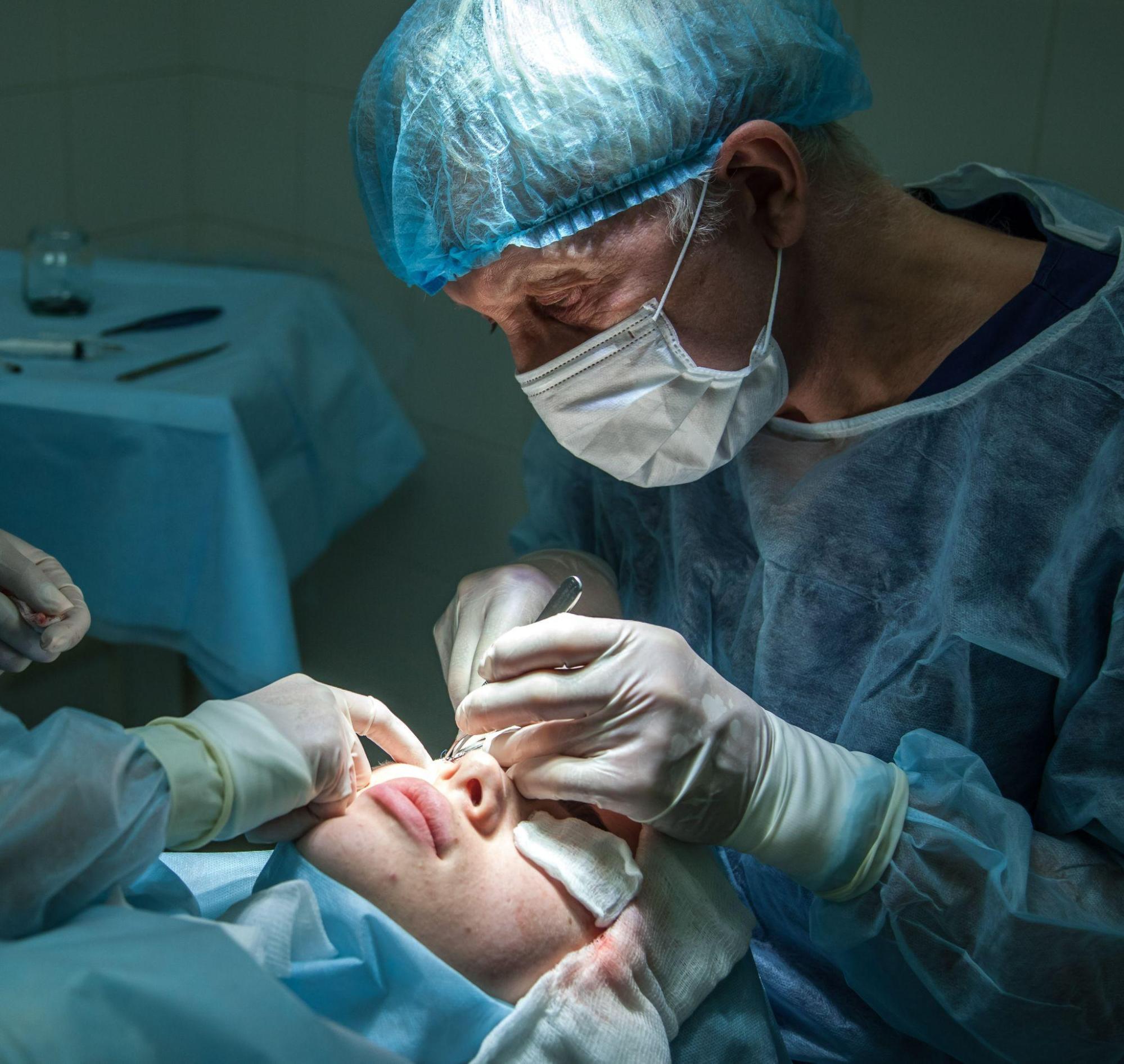Eye Checks Fundamentals Explained
Table of Contents5 Simple Techniques For Emergency Eye ProblemsPaediatric Ophthalmology Fundamentals ExplainedThe Ultimate Guide To Emergency Eye ProblemsPaediatric Ophthalmology - An Overview
Eye doctors are clinical doctors who concentrate on the diagnosis and therapy of eye and vision troubles. What is the distinction in between an ophthalmologist and also an eye doctor, then? What concerning lens? These 3 types of eye treatment specialists have rather similar-sounding names and overlapping job descriptions. It can be confusing at very first look.They can not provide eye tests, create prescriptions, or detect or deal with eye troubles. can analyze your eyes, examination your vision, recommend glasses or get in touches with, as well as identify and treat many eye disorders as well as diseases. They are not clinical physicians or doctors yet can recommend certain eye-related medications (https://www.instapaper.com/read/1518826364). Supply eye exams, vision screening, and prescriptions for glasses or call lenses.

Eye doctors identify and treat injuries, infections, diseases, and conditions of the eye. Therapies can consist of medicine taken orally (by mouth) or topically (in the eye), surgical treatment, cryotherapy (freeze treatment), and radiation treatment (chemical treatment). Ophthalmologists attend clinical institution after that get a number of years of specialized training in the clinical as well as surgical care of the eye.
Unknown Facts About Adult & Paediatric Eye Surgery
As they are the only physician that can deal with all eye disorders, eye doctors see a wide range of eye problems, consisting of: How often should you have an eye exam? What are signs and symptoms that suggest you may have an eye trouble that needs to be inspected by an ophthalmologist? The American Academy of Ophthalmology suggests: As kids's eyes are growing as well as transforming rapidly, they should get a vision testing.
Grownups that have healthy and balanced eyes and exceptional vision need to have 4 comprehensive eye examinations: one in their 20s, two in their 30s, and one at age 40. These checkups might permit the ophthalmologist to catch an eye illness or vision modifications beforehand. By the time you discover signs, you might currently have some vision loss (ADULT STRABISMUS).
:max_bytes(150000):strip_icc()/optometrist-vs-ophthalmologist-5094869_final-0d8eca1d944a4b54b1423065ac2e780f.jpg)
Individuals who are at a higher threat of eye disease may need to get an eye test more typically. After age 65, your eyes need to be inspected every one to two years.
Your sight depends on seeing the appropriate eye physician at the appropriate time. When it's time to "obtain your eyes inspected," make sure you are seeing the best eye treatment professional for your requirements.
Adult Strabismus Fundamentals Explained

is a medical or osteopathic medical professional who specializes in eye and also vision care. Eye doctors differ from eye doctors and also opticians in their levels of training as well as in what they can diagnose and deal with (https://myanimelist.net/profile/drcrlinecatt). As a clinical doctor that has actually finished university and also at least 8 years of added medical training, an ophthalmologist is accredited to exercise medication and surgery.
Lots of eye doctors are additionally associated with scientific research on the causes and remedies for eye illness as well as vision problems. SUBSPECIALISTS: ADDED KNOWLEDGE AND ALSO TRAINING FOR PARTICULAR EYE requires While ophthalmologists are educated to care for all eye issues and problems, some Eye M.D.s concentrate on a particular location of clinical or surgical eye treatment.
She or he generally completes a couple of years of added, much more extensive training called a fellowship in one of the major subspecialty locations such as glaucoma, retina, cornea, pediatric medicines, neurology and also plastic surgery, in addition to others. This added training and knowledge prepares an ophthalmologist care for even more complex or particular problems in particular locations of the discover this eye or in specific teams of clients.
An optometrist is not a clinical physician. An eye doctor receives a physician of optometry (OD) degree after completing four years of optometry college, come before by three years or more years of college. They are certified to practice optometry, which primarily involves executing eye tests and vision examinations, recommending and dispensing corrective lenses, identifying specific eye problems, and also suggesting medicines for sure eye conditions.
Comprehensive Ophthalmology Things To Know Before You Buy
They make use of prescriptions provided by ophthalmologists or optometrists, but do not check vision or compose prescriptions for aesthetic correction. Opticians are not allowed to diagnose or treat eye illness. All of us depend on our vision in even more methods that we may understand. Without healthy vision, our capability to work, play, drive or also acknowledge a face can be significantly impacted.
Having a member of the family with eye illness can make you a lot more susceptible to having that problem also. Sight-stealing eye disease can appear at any moment. Very usually they are unnoticeable at very first and are challenging to detect. That's why it is so important to see an ophthalmologist for a complete medical eye exam by age 40, and after that as frequently as suggested by your Eye M.D.
If you have any of these, make certain to check out an eye doctor. A full, clinical eye exam by an Eye M.D. can be the very first step toward conserving your view. Protruding of one or both eyes; Dark curtain or shroud that obstructs your vision; Lowered vision, also if momentary; Diabetes mellitus; Distorted vision; Dual vision; Excess tearing; Eyelid abnormalities; Family members background of eye illness; Halos (colored circle lights); High blood pressure; HIV or AIDS; Injury to the eye; Loss of outer (side) vision; Misaligned eyes; New drifters (black "strings" or flecks in the vision) and/or flashes of light; Pain in the eye; Thyroid disease-related eye troubles (Tomb' illness); Unusual red eye.